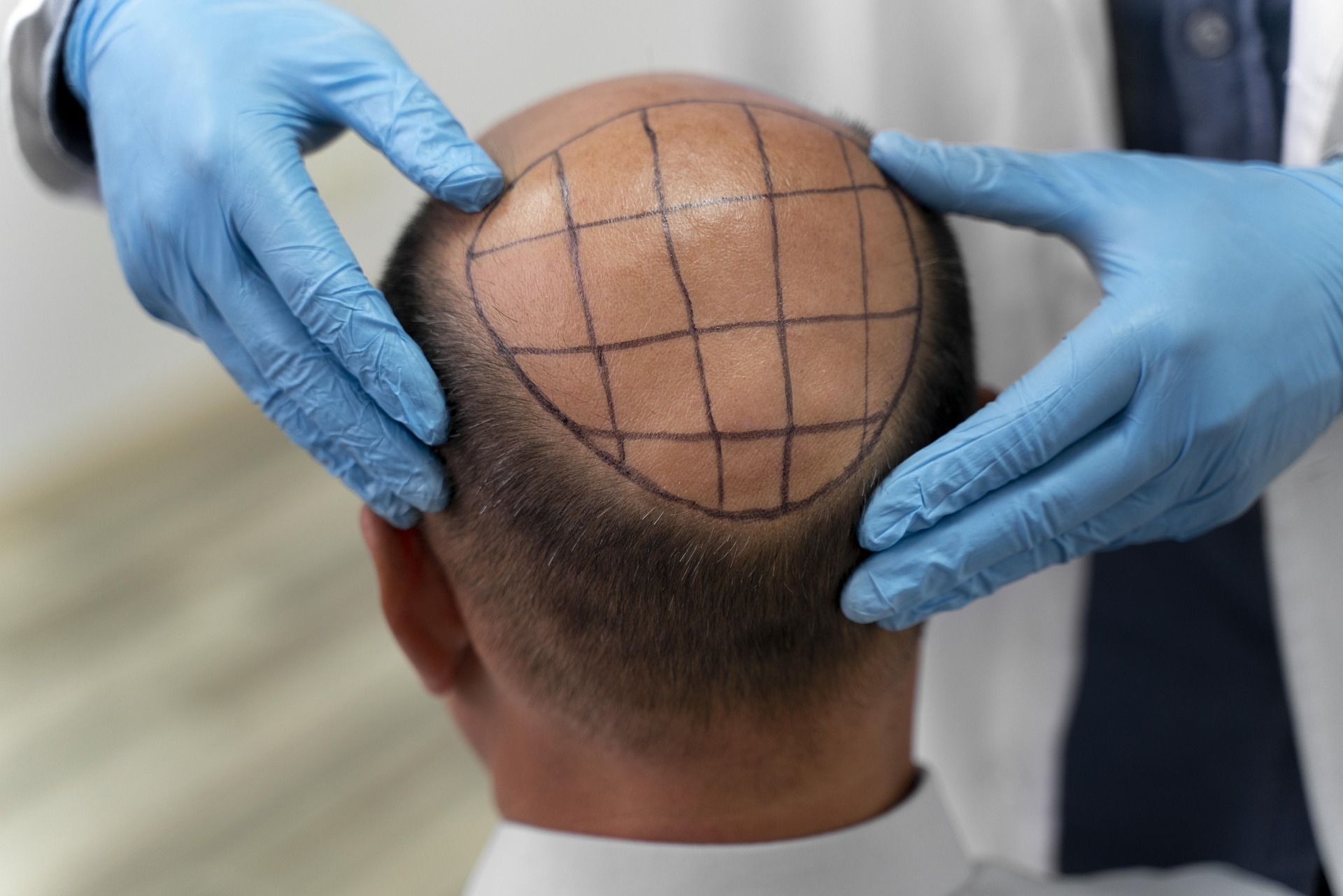Hair Transplantation: Restoring Confidence with Modern Techniques
Hair transplantation has become an increasingly popular cosmetic procedure for those seeking to address hair loss and restore their confidence. This advanced surgical technique offers a permanent solution for individuals experiencing thinning hair or baldness. By understanding the process, benefits, and considerations of hair transplantation, you can make an informed decision about whether this procedure is right for you.

During FUT, a strip of scalp with healthy hair follicles is removed and dissected into individual grafts. FUE, on the other hand, involves extracting individual follicular units directly from the donor area. The surgeon then creates tiny incisions in the recipient area and carefully places the grafts to achieve a natural-looking result. Over time, these transplanted hairs will grow naturally, providing fuller, thicker hair in previously balding areas.
What are the benefits of hair transplantation?
Hair transplantation offers several advantages for those struggling with hair loss:
-
Natural-looking results: Modern techniques allow for seamless integration with existing hair, creating a natural appearance.
-
Permanent solution: Unlike temporary fixes like wigs or hairpieces, transplanted hair continues to grow throughout your lifetime.
-
Improved self-esteem: Restoring hair can significantly boost confidence and self-image.
-
Versatility: Hair transplantation can address various types of hair loss, including male and female pattern baldness, as well as hair loss due to injury or scarring.
-
Minimal scarring: Especially with FUE, scarring is typically minimal and easily concealed.
Who is a good candidate for hair transplantation?
While hair transplantation can be an effective solution for many, not everyone is an ideal candidate. Good candidates typically:
-
Have sufficient donor hair: The success of the procedure depends on having enough healthy hair in donor areas.
-
Are in good overall health: As with any surgical procedure, being in good health reduces risks and improves outcomes.
-
Have realistic expectations: Understanding that results may vary and that the procedure may need to be repeated in the future is crucial.
-
Are experiencing stabilized hair loss: Ideally, candidates should have a predictable pattern of hair loss that has slowed or stopped.
-
Are over 25 years old: Younger individuals may continue to lose hair, potentially affecting long-term results.
What should you expect during and after the procedure?
Hair transplantation is typically performed as an outpatient procedure under local anesthesia. The process can take several hours, depending on the extent of the transplant. During the procedure, you may experience some discomfort, but pain is usually minimal.
After the surgery, you can expect:
-
Some swelling and tenderness in the donor and recipient areas
-
Scabbing around the transplanted follicles, which will fall off within 7-10 days
-
Temporary shedding of transplanted hair within the first few weeks
-
Visible growth of new hair starting around 3-4 months post-procedure
-
Full results becoming apparent after 12-18 months
It’s important to follow your surgeon’s post-operative instructions carefully to ensure the best possible outcome.
How much does hair transplantation cost?
The cost of hair transplantation can vary significantly based on factors such as the extent of hair loss, the technique used, and the surgeon’s expertise. Here’s a general overview of pricing:
| Procedure Type | Average Cost Range | Factors Affecting Cost |
|---|---|---|
| FUT (Strip Method) | $4,000 - $15,000 | Number of grafts, clinic location, surgeon experience |
| FUE | $4,000 - $20,000 | Number of grafts, manual vs. robotic extraction, clinic reputation |
| Eyebrow Transplant | $3,000 - $8,000 | Complexity of the case, surgeon’s skill |
Prices, rates, or cost estimates mentioned in this article are based on the latest available information but may change over time. Independent research is advised before making financial decisions.
How do you choose the right surgeon and clinic?
Selecting the right surgeon and clinic is crucial for achieving the best possible results from your hair transplantation. Consider the following factors:
-
Credentials: Look for board-certified surgeons specializing in hair restoration.
-
Experience: Choose a surgeon with extensive experience in hair transplantation procedures.
-
Before and after photos: Review the surgeon’s portfolio to assess the quality of their work.
-
Technology: Ensure the clinic uses modern techniques and equipment.
-
Consultation: Schedule a consultation to discuss your goals and assess the surgeon’s approach.
-
Reviews and testimonials: Research patient experiences and clinic reputation.
Hair transplantation is a significant investment in your appearance and self-confidence. By understanding the procedure, its benefits, and what to expect, you can make an informed decision about whether it’s the right choice for you. Remember to consult with a qualified healthcare professional to discuss your specific situation and determine the best course of action for addressing your hair loss concerns.






